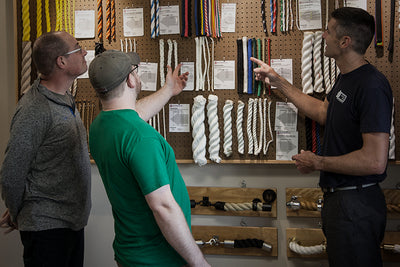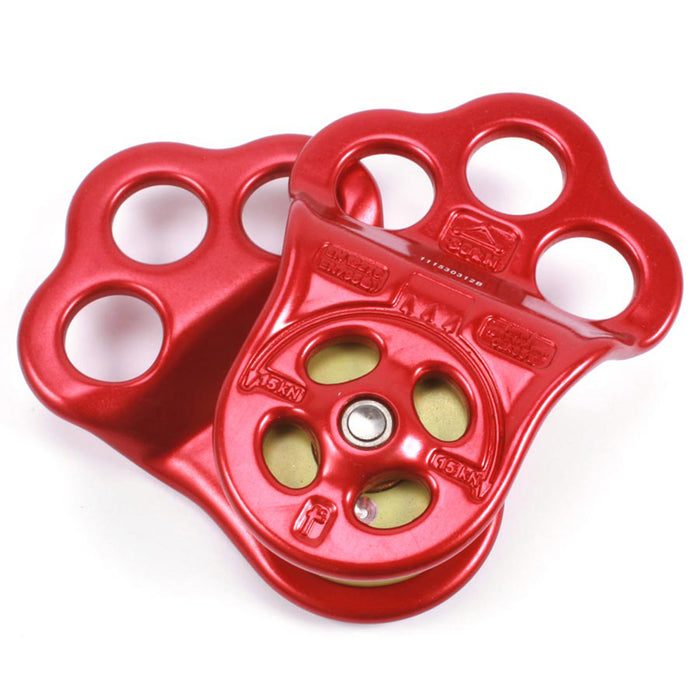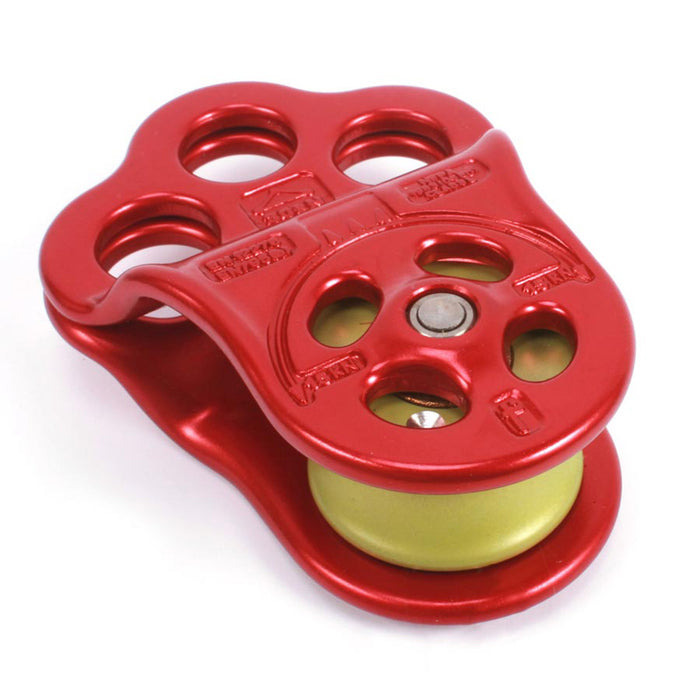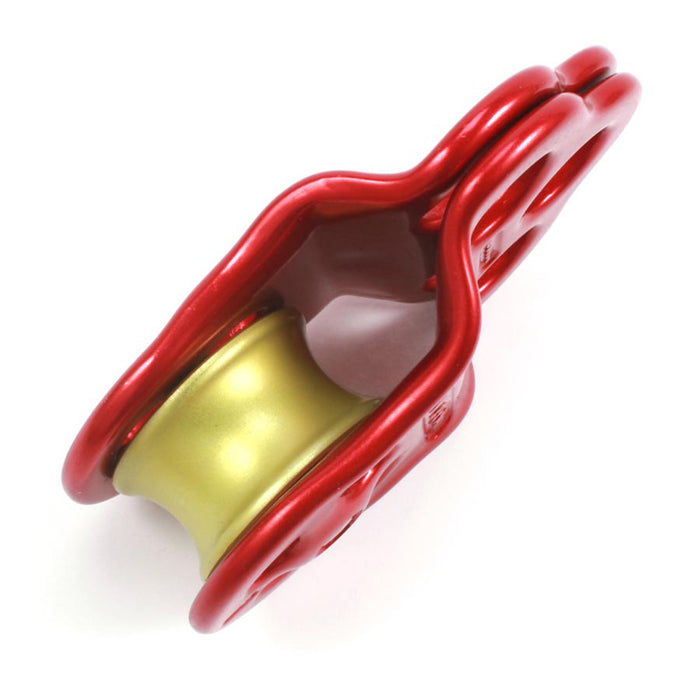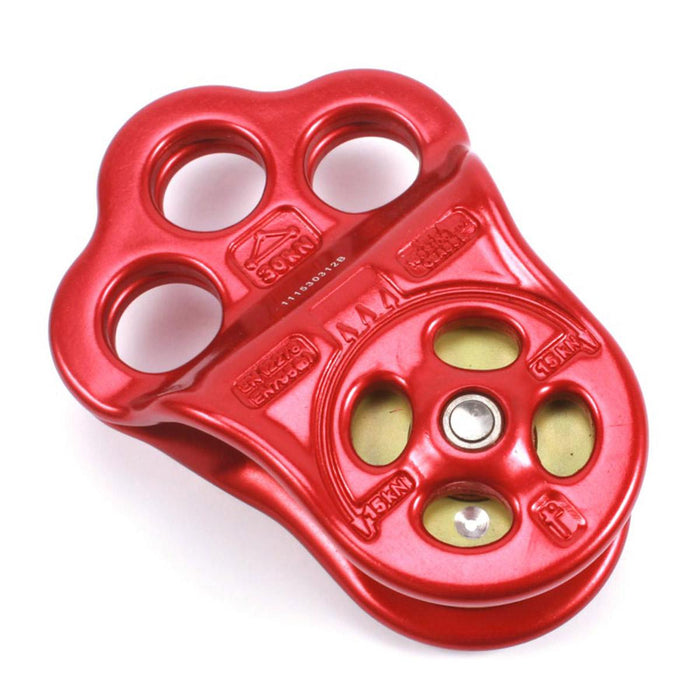
Hitch Climber Pulley
SKU: 8405
Weight: 0.35 lb
Weight: 0.35 lb
Original price
$99.99
-
Original price
$99.99
Original price
$99.99
$99.99
$99.99
-
$99.99
Current price
$99.99

